
All categories
Featured selections
Trade Assurance
Buyer Central
Help Center
Get the app
Become a supplier

(3738 products available)













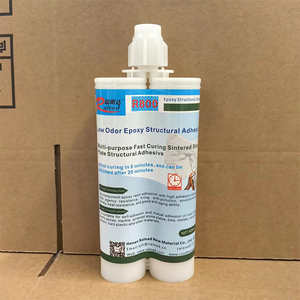






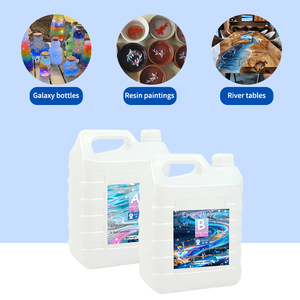

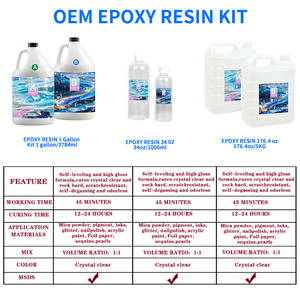
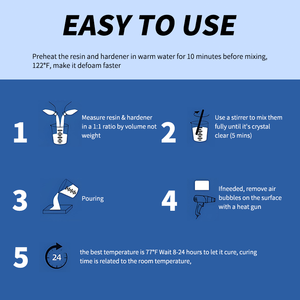

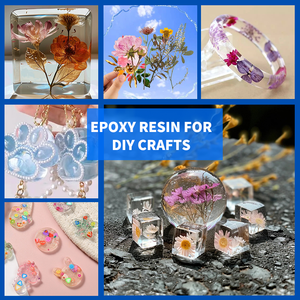





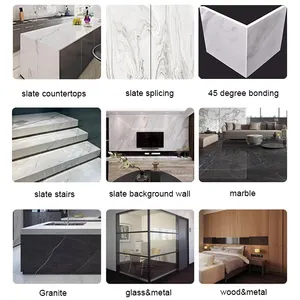



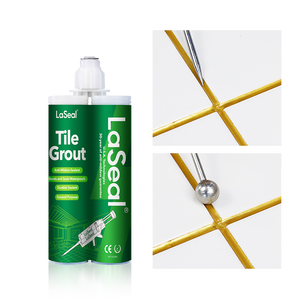

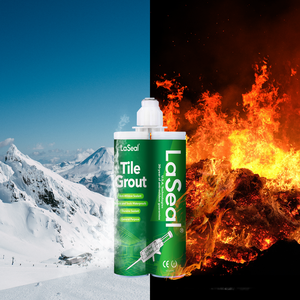








Flexible epoxy adhesive has several applications, after all, aside from bonding materials strongly. It is also resistant to water, chemicals, and extreme temperatures. This helps maintain the bond even in such adverse conditions. These also offer some degree of flexibility that helps absorb vibrations and impacts. This makes them ideal for use where the bonded materials may experience movement or stress.
Indeed, these adhesives suit industries and projects where durability and versatility are essential. Let us examine these flexible adhesives in detail, below.
This is a type of epoxy adhesive known for its transparency. It is, therefore, ideal for applications where appearance is paramount. This adhesive cures to a clear finish. This makes it perfect for bonding materials like glass, metal, and plastics. These are generally utilized in such applications as repairing cracked windows, bonding glass displays, or assembling clear acrylic products.
Also known as a fast-setting adhesive, this type has a much quicker curing time than standard epoxy adhesives. Usually, it can set within minutes, allowing for faster repairs and constructions. It is ideal in situations where a quick bond is necessary. This includes electronics assembly and emergency repairs. However, note that this usually comes at the cost of reduced depth. Overall, its speed and ease of use make it a versatile choice for many applications.
Sounds like it was developed for the marine industry, right? Well, that is exactly true! This kind of adhesive is specifically engineered to withstand water exposure, UV light, and extreme temperatures. These make them ideal for boat repairs and other marine applications. They are usually formulated to be flexible. This allows them to accommodate the movement of hull materials without cracking or losing adhesion. As such, they provide a durable and waterproof bond in these adverse conditions.
This type comes in a moldable putty form that can be shaped and applied to bond or repair surfaces. After all, it can cure into a rigid, strong mass. Moreover, it allows for filling gaps, cracks, and uneven surfaces during repairs. Its flexibility is helpful in such dynamic environments as automotive repairs, plumbing, and construction. In these cases, the bonded materials experience constant vibrations or changes in temperature.
This epoxy adhesive is formulated to withstand elevated temperatures without losing its adhesive properties. Usually, it is ideal for applications in such high-heat environments as automotive and aerospace industries. In there, they might encounter heat from engines or other machinery. Normally, contrasted with the others, this type has a much more rigid consistency. This means that while it provides excellent heat resistance, it does not have the flexibility that is standard in such kinds.
As much as flexible epoxy adhesives offer unique bonding properties, there is still a need to compare them with other types based on their key attributes.
Flexible epoxy adhesives generally offer superior bonding strength. For instance, their closest rivals, such as cyanoacrylate (super glue) and polyurethane adhesives, fall short when it comes to bonding such materials as metal and glass. This is because epoxy adhesives are usually denser in composition. Also, flexible epoxy adhesives create a thicker bond line to absorb such energies as impacts and vibrations. This is a hallmark of epoxy adhesives.
Although standard epoxy adhesives have high rigidity, flexible epoxy adhesives have some degree of give. This makes them more suitable for bonding materials that expand and contract with such changes in temperatures as wood, leather, and certain plastics. Conversely, other adhesives like superglue and acrylic adhesives provide a rigid bond. It, therefore, comes as no surprise that they can lead to eventual cracking in such dynamic environments.
This is definitely an area where flexible epoxy shines the most. Their formulation generally provides a high level of moisture resistance. It, therefore, makes them ideal for outdoor and marine applications. Other adhesives like polyurethane and cyanoacrylate offer moisture resistance. However, this is not as effective as epoxy. They tend to absorb water over time. This diminishes their bond strength and integrity.
Flexible epoxy adhesives have better chemical resistance than most other adhesives. These include cyanoacrylate and contact cement. These are generally used so widely because of their instant bonding capabilities. They offer little to no resistance to chemicals when compared to flexible epoxies. Conversely, flexible epoxy adhesives have a thicker, more robust bond. This allows them to withstand exposure to solvents, fuels, and other corrosive substances.
In addition, flexible epoxy adhesives are designed with tougher outer casings. This allows them to withstand industrial-grade applications further than their rivals. These include electronic potting compounds, metal-composite bonding, and even aerospace manufacturing. Often, these are typical applications where flexibility is no longer a sought-after trait.
Flexible epoxy adhesive is normally used in potting and encapsulation processes to protect electronic components from moisture, dust, and chemical exposure. Their ability to flex enables them to accommodate thermal expansion in such components as semiconductors. This, in turn, prevents crack formation in these items over time. These adhesives also ensure a durable bond between disparate materials in electronic assembly. This includes such as metal circuit boards and plastics.
These kinds of adhesives are also favored in these two industries for their lightweight yet extremely strong bond. They are usually applied in assembling components where both flexibility and strength are indispensable. Think of engine parts, composites, and bodywork. Their capacity to absorb vibrations comes in handy in this context. It helps maintain the structural integrity of these critical components even under the most extreme conditions.
In construction, flexible epoxy adhesives are normally applied where such high performance as waterproofing is a requirement. They are a staple in bonding concrete, metal, and wood. These help mitigate the effects of structural movement or shifting. It ultimately results in a more robust and stable structure. These adhesives are also used in repairing such as cracks in concrete structures. Their flexibility allows them to accommodate continuous expansion and contraction without losing adhesion.
To enhance durability, flexible epoxy adhesives are used extensively in the boatbuilding and repair industries. They are after all engineered to withstand such extreme weather elements as UV light and water. No wonder these adhesives are usually employed in bonding wood and fiberglass to metal. They ensure the resulting joints remain both flexible and watertight. Boat repairs involve sealing leaks or reassembling components. These adhesives provide long-lasting and resilient solutions against the marine environment, as aforementioned.
Flexible epoxy resin adhesive is usually popular in arts and crafts for its versatility and ease of use. It can bond such disparate materials as fabric, glass, and ceramics. This makes it ideal for mixed media projects. Its flexibility keeps the bonded items from separating. This is especially if the items undergo movement as a result of temperature changes. In addition, these adhesives are favored for repairs on artistic pieces. This includes sculptures or fragile items. Their ability to maintain a clear finish, as noted earlier, ensures that the repairs are almost invisible.
For flexible epoxy adhesive to be considered suitable, it has to meet a handful of requirements pertinent to the specific applications. These include factors such as flexibility, temperature resistance, and bond strength.
So, below are some of these vital factors to consider in detail and how they come into play when choosing these adhesives:
This is often the most crucial factor. As noted earlier, flexible epoxy adhesives allow for some movement in the bond without cracking or breaking. This makes them ideal for dynamic applications where the bonded materials may experience continuous expansion and contraction. These include dissimilar materials like metal and plastic, after all.
The bond strength is a contributor to its versatility and applicability in different industries. A typical epoxy adhesive often provides a very strong and durable bond. Moreover, those formulated for flexibility usually have a more compliant structure. It allows them to absorb the stresses incurred by impacts and vibrations.
This is particularly important in such applications as automotive and aerospace, where the adhesives are exposed to extreme heat. An ideal flexible epoxy adhesive should retain its bond strength and flexibility. This should be regardless of such temperature fluctuations. Often, there exist epoxies specifically formulated for high-heat or low-heat environments. They cater to distinct customers.
In these industrial environments, the epoxy adhesive may frequently come into contact with solvents, fuels, and other corrosive substances. They normally have to maintain its integrity and bond strength in the face of this adversity. Usually, flexible epoxy adhesives possess an array of formulations designed to resist chemical degradation. Admittedly, this makes them suitable for such diverse applications as electrical or automotive.
This is a particularly sought-after property in such outdoor and marine applications as boat repairs. These have a typical epoxy adhesive that is formulated with enhanced waterproof characteristics. They, therefore, make them suitable for bonding materials exposed to moisture. These include wood and fiberglass. Besides, the marine-grade epoxies have sufficient time to cure in the water environment.
Lastly, in the artworks and repairs, the appearance of the bond plays a vital role. Normally, flexible epoxy adhesives are generally designed to cure transparently. This ensures a neat finish. They also avoid cloudiness or discoloration on the surface of the bonded item. It keeps the repairs or constructions visually appealing.
Flexible epoxy adhesives usually have an array of formulations. Each of these is specifically designed to withstand high temperature, chemical exposure, and moisture in adverse conditions. This makes them ideal for products in such extreme heat as automotive, aerospace, and marine environments. Normally, exposure to extreme temperatures causes typical epoxy adhesives to lose their bond strength.
Yes, they can. That is because flexible epoxy adhesives are designed for bonding such dissimilar surfaces as metal to plastic, wood to metal, or ceramics to glass. This makes them ideal in mixed-material repairs. They provide a versatile solution across distinct industries.
The full curing time usually varies by formulation and environmental conditions. These curable epoxies normally take anywhere from a few hours to several days to achieve maximum strength. Though, of the fast-curing varieties, they can set within minutes under optimal conditions.
Absolutely! Flexible epoxy adhesives are created with exceptional waterproof and UV light resistance. These typically make them ideal for outdoor applications. A common example is marine repairs, which are exposed to moisture and sunlight.
Fillers and modifiers are standardly added to flexible epoxy formulations to enhance such properties as flexibility, toughness, and impact resistance. This enables the adhesives to better absorb shocks and vibrations. Therefore, it improves their performance in dynamic environments. These include automotive and aerospace applications.